Much of writing is instinctual, born of exposure to good stories and a lot of practice. However, there are some tools every writer needs to make their story professional and effective. Grammar and spelling are the obvious ones, but today, I'm talking about the key elements of fiction: character, plot, setting, point of view, theme, and style.
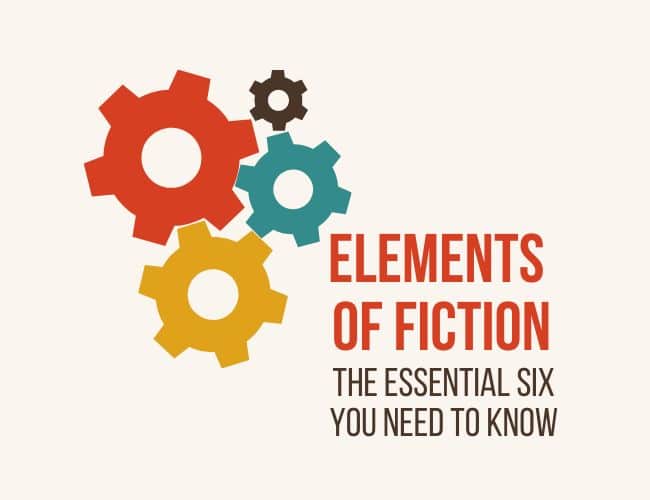
Good stories have great plots. To make yours better, check out our new book, check out my new book The Write Structure which helps writers make their plot better and write books readers love. Click to check out The Write Structure here »
The First Element of Fiction: Character
In many ways, characters are the foundation for the entire work. Is there conflict? That's going to involve the emotional and mental condition of your characters. Have you chosen a point of view? That's you following specific characters as you tell the story. Your characters are the people through whom your reader experiences the tale, and the trick is to make those fictional characters feel completely real through character development.
- You'll need to know their backstory. This doesn't mean your reader needs to know it, but your understanding of your character's history is crucial for how and why your character responds to things.
- You'll need at least a rudimentary grasp of psychology. You and I have both read books which annoyed us because the characters just didn't feel “real.” Often, this is because basic psychology was ignored, and the characters behaved in a way that made no sense for human beings.
- You'll need to understand the power of the character arc. Your character should not be the same at the end of the story as in the beginning. They change, and their growth is a key aspect of your story's momentum.
If your characters are flat, your readers will have trouble empathizing. But if your characters feel real and relatable, then your readers will eat your story up. Understanding what your characters do and say (and how other characters respond to them) helps to paint the fullest possible picture of your fictional creation.
The Second Element of Fiction: Plot
One small aside: plenty of fiction writers would start this list with plot, not character. Both are fine. Your characters live inside your plot, but your plot revolves around your characters. I just put plot second in this list because when I write, my plot follows my characters, rather than the other way around. If you do it differently, there's nothing to fear: you're still right! (I could say “write,” but you might click the back button.)
Plot is like a blueprint. Your plot, its connections, and its structure determine the way you shape your story. It includes the order in which your characters face things. It's the organized structure, the thing that will end up in an outline on Wikipedia (with spoiler alerts, of course).
The Six Stages of Plot
- Exposition or introduction, which establishes characters and setting.
- The inciting Incident is an event in a story that throws the main character into a challenging situation, upsetting the status quo and beginning the story’s movement, either in a positive way or negative.
- Rising action, which reveals the conflict. Now that your characters are established (along with some sense of what their “normal” looks like), you throw in the wrench and raise the stakes.
- The rising action builds to a dilemma, the moment a character is put in a situation where they have to make an impossible choice.
- Now comes the climax, also known as the turning point. This should be the greatest moment of tension in your story; everything is critical, with emotion and interest peaked. This is make-or-break, the moment when things matter the most.
- Finally, we have resolution (or what Joe likes to call the denouement). Don't let the word fool you: this ending isn't necessarily happy or sad. It means everything has been solved, and your conclusion arrives at the place where all the events of the plot have strongly led. It feels final, or at least, final enough that the reader can put the book down without flipping back through the pages to see if they missed something. Again, this doesn't require a happy ending. It does require a satisfying one, even if you mean to continue in a sequel. If you've left any knots still tied, you'd better have a good reason why—and better make sure your reader has a clue that the answers are coming soon.
Before we move on, I want to circle back and remind you that you need conflict in your story. A lot of authors struggle with this since conflict is by nature deeply uncomfortable. However, every really good story has some kind of conflict—even if that conflict is purely an internal struggle with a heavy emotion.
Extra: If you want to dive deeper into writing an effective plot, take a look at Joe's book The Write Structure.
The Third Element of Fiction: Setting
Setting is one of my personal favorite elements. This includes the physical location (real or invented) and the social environment of the story (including chronology, culture, institutions, etc.).
I love setting because, in many ways, it's like a character. No, your setting doesn't have feelings, but your characters are forced to interact with it everywhere they go and in everything they do. Your setting actually develops who your characters are.
How setting impacts characters
It determines, among other things:
- The skills they've developed to survive
- The tools they'll have (weapons, money, clothing, transportation)
- The cultural norms for communication (speech, body language, and relative rules for communication between genders, classes, and more)
- The presuppositions your character brings into the story (religion, psychology, philosophy, educational assumptions, all of which have a lot to do with the way your characters respond to stimuli)
When designing your setting, it's a good idea to have some idea how it all works. What's the weather like? How does the economy function? Do they use money? Where does pancake batter come fruom?
Are you copying a historical culture? (And if you are, I highly advise looking for something that isn't European. Mix it up! The world is a glorious patchwork of variety.)
Your characters have to swim through this world, so have fun with this. Creating your setting (also known as world-building) can be one of the most exciting parts of writing.
The Fourth Element of Fiction: Point-of-View
Point of View is a fun and tricky tool to work with. POV determines things like tense and how much the reader gets to see. There's first-person (I, my), second-person (you, your), and third-person/narrator (she, hers). There's present tense (I see/she sees), past tense, (I saw/she saw), and even that cockamamie future tense nobody uses (I will see/she will see).
It's the combination of these things that create an effective POV. So how do you choose?
It all depends on (1) the particular feel you're going for and (2) how much your reader needs to see.
Questions to ask when choosing point of view
- What feel are you going for? There's a reason different genres use different POVs.
- Urban fantasy, for example, is almost always first-person past-tense, because they're going for the feel of a person telling you an exciting thing that happened. There's an intimate, immediate feel that goes with this close-up-and-personal viewpoint, like seeing the fist come right for your face.
- On the other hand, literary fiction usually uses third-person. The reason is simple: literary fiction usually has a much broader scope than urban fantasy and so needs to be able to take the reader to a bird's-eye view, usually seeing through multiple characters. The pace is often a little slower, but the impact can be deeply powerful, and tends to explore consequences.
- How much does your reader need to see?
- Is it essential that the reader sees things happening outside your protagonist's point of view? Do they need to see things your protagonist does not see, or hear things your protagonist does not hear? Then you need third-person POV.
- Do you actually need the reader to discover things at the same pace as your protagonist? Do you want your reader to waffle and rage with your protagonist, seeking for answers? Then first-person might be better.
Variety is the spice of life, and you have the joy of mixing and matching as you need.
- Want third-person present tense? (She turns and sees him, and wonders if unexpected encounters can stop one's heart.)
- Want first-person past tense? (I turned and saw him, and found myself wondering if unexpected encounters could stop my heart.)
- Want second-person future tense? (You will turn and see him, and you will wonder if the unexpected encounter will stop your heart.)
Study up on how these work, and you have a whole new set of tools to play with.
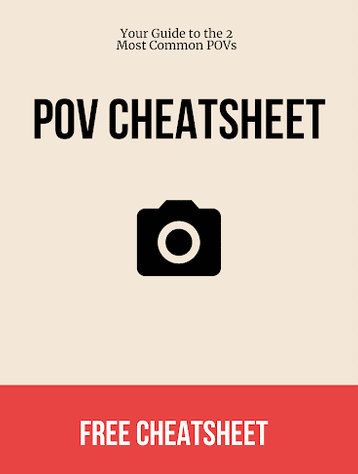 Need help with point of view? To get a cheatsheet of the two most common POVs used in fiction, click here.
Need help with point of view? To get a cheatsheet of the two most common POVs used in fiction, click here.The Fifth Element of Fiction: Theme
Theme is a hidden element, but incredibly important: in essence, theme is what your story is REALLY about.
The plot is the outward details, e.g., “A son stands to inherit his father's vast business empire, but only if he can prove himself to be a responsible adult by the age of 25.” Theme would be what it's really about, e.g., “Growing up requires choices.” Or, “‘Family' means more than wealth.” If you're really good, you can even use a one-word theme, like love, truth, adulthood, etc.
Yes, all fictional books have themes, even if it wasn't intentional. Even authors who aren't aware of theme use it—personal beliefs on how the world works (or should work) always flavor the story.
The tricky thing about theme is it should rarely be bluntly stated in your work; the moment you do, your work slides into the “preachy” category. Of course, sometimes, you want folks to know what the purpose is up front, but if you can manage to make it subtle—to get that point across without ever frankly stating it—your readers will actually take it to heart a lot more deeply.
Think about it. Simply reading about something like statistics on autism might make you think, but entering into the story of a character struggling with it (such as The Curious Incident of the Dog in the Nighttime) can do a lot more to help you really feel and understand the challenges and cultural barriers faced. Effective stories are written by authors who knew the theme. What's yours?
Examples of theme
- My first book, The Sundered, is about growing up and realizing you've been lied to.
- My first novelette, The Christmas Dragon, carries the theme that running away doesn't solve problems.
- My second novelette, Strings, is about the choice—and cost—of heroism.
However, in all three books, I do what I can to make sure that readers don't feel “moralized” at. Instead, I want the reader to emotionally arrive at these conclusions alongside the protagonists.
Effective stories are written by authors who know their theme. What's yours? (Need help choosing one? Check this out: When Choosing Themes, Write What You Don't Know.)
By the way, this “theme” concept has some nifty corollaries. A symbol, for example, shows up to represent individual details within the story (e.g., glass breaking at the moment a friendship fails), and a motif is a narrative element that shows up repeatedly throughout the tale (e.g., “Quote the Raven, ‘Nevermore'”). Read more here: The Difference Between Symbol and Motif.
The Sixth Element of Fiction: Style
Style is awesome. It is needed. Style is the thing that makes your work stand out from everybody else's, because in essence, it's your “voice.”
You develop style by working on technique. Your syntax, word choices, and tone all contribute to this. Your style can demonstrate not only your voice as a writer, but is crucial to indicating details about your story and characters. Style shows accent and dialect, character intelligence and observation; it shows the underlying humor or drama of your piece. Your style is your unique flavor, and developing it will not only take your entire writing career, but is also one of the most rewarding activities as a writer.
Developing your writing style takes work; there are no short-cuts for this, but that doesn't mean it can't be fun.
- Read a lot. The more variety you pour into yourself, the more ingredients you'll have to cook with as you develop your style. Read books from different countries, different genders, different cultures. Read everything and learn as you go.
- Write a lot. No writing is ever wasted. Practice, practice, and practice some more—and spend time reading your work out loud. (That last step can be embarrassing, but it's really helpful.)
- Listen. Listen to people. Listen to conversations. Tone is a crucial component of style, and you'll need to learn how to convey that in your work—but you can't convey it if you don't know what it sounds like.
Final Thoughts on the Six Elements of Fiction
I know what you're thinking: this seems like a lot. And you're right, it is; however, if you're an avid reader, I think you'll find you're already familiar with most of these concepts. The great stories you know and love all use them, and if you are passionate about your story, incorporating theme will not be as hard as it might seem.
You can do this. Now go and start writing!
Have you considered the six elements of fiction in your story? Which one is the first you consider when you start a story? Let us know in the comments below!
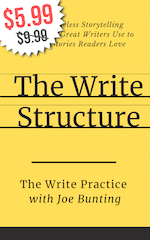 Need more plot help? After you practice this story element in the exercise below, check out my new book The Write Structure which helps writers make their plot better and write books readers love. Low price for a limited time!
Need more plot help? After you practice this story element in the exercise below, check out my new book The Write Structure which helps writers make their plot better and write books readers love. Low price for a limited time!
Get The Write Structure – $9.99 $5.99 »
PRACTICE
Take fifteen minutes and analyze your current work. Pick one of these elements (preferably not one you are familiar with) and apply it to your story.
When you’re finished, share your work in the Pro Practice Workshop here. Not a member yet? Join us here!
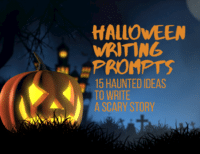
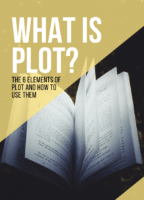
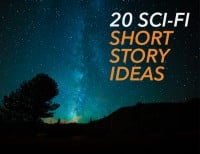
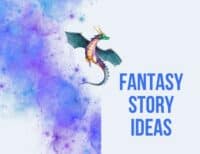
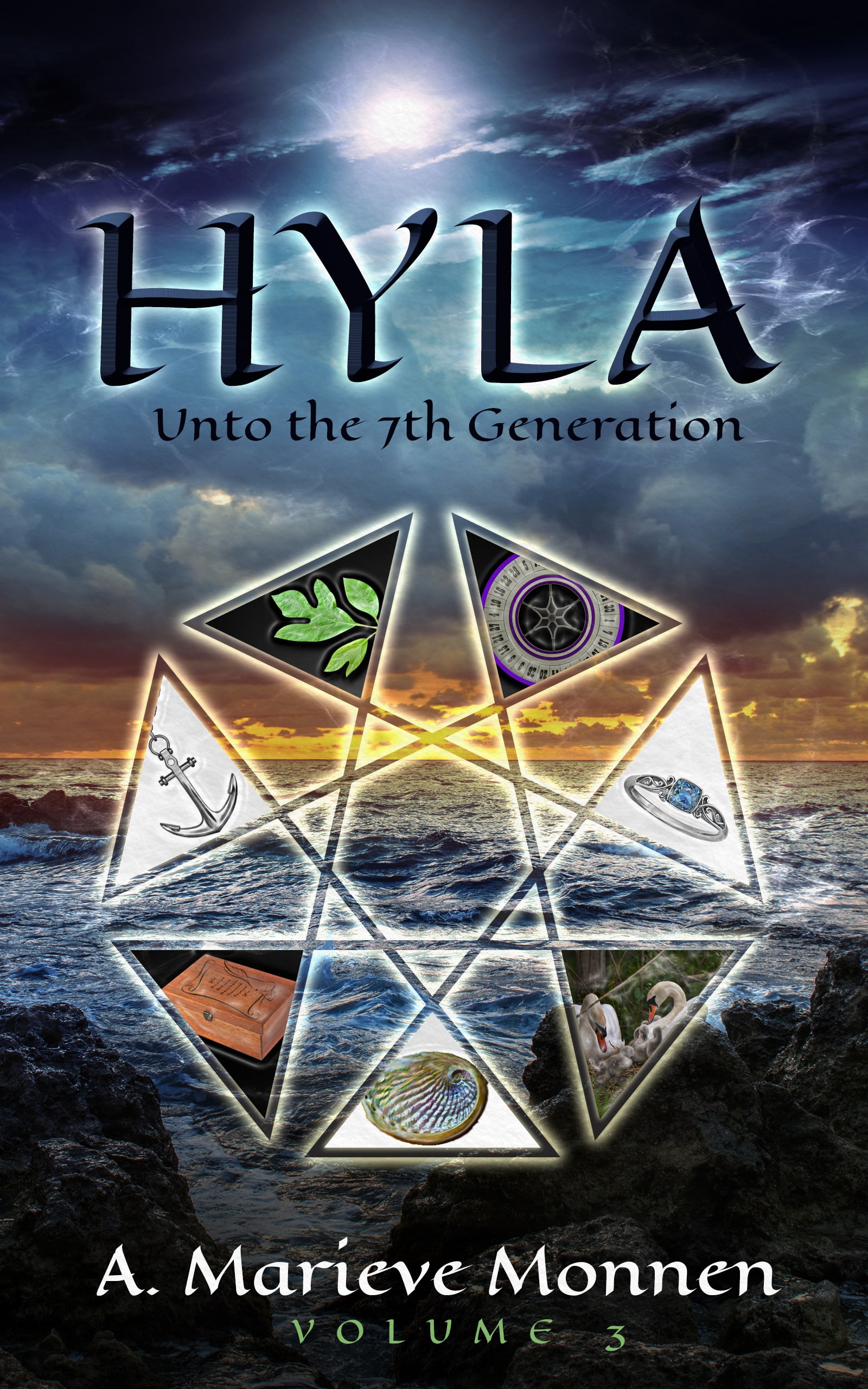
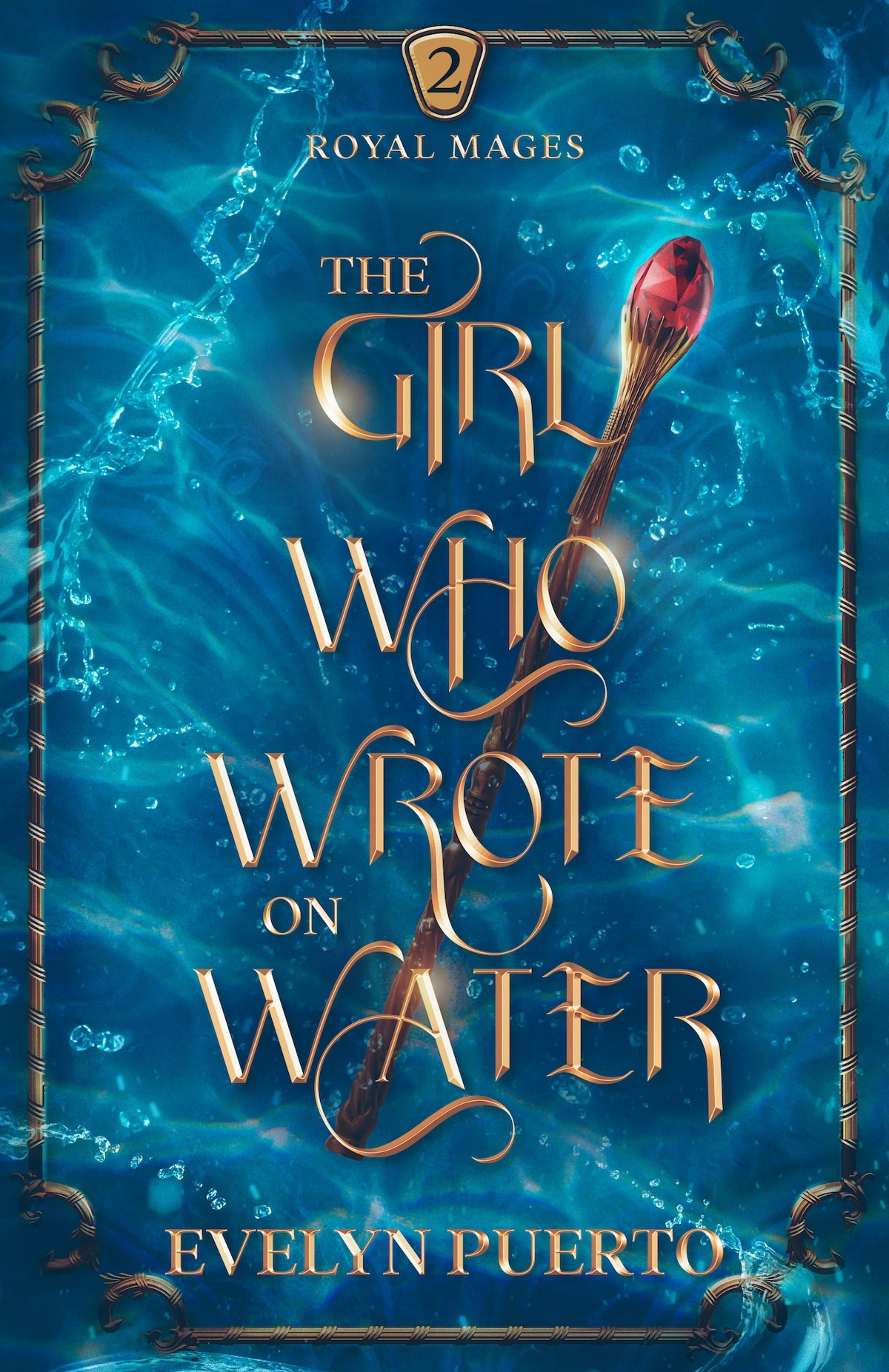
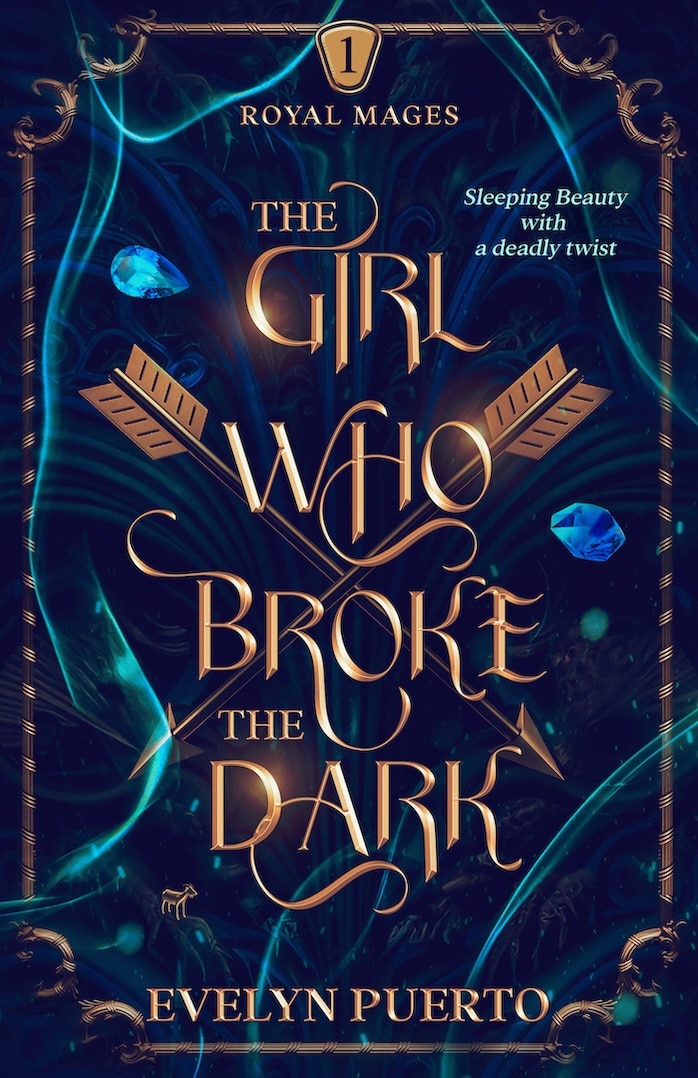
I think that this view of separating fiction into pieces works great, but to be honest, I like how Larry Brook’s Six Core Competencies of Storytelling works for me, so I think I’m gonna stick to that. But great post anyways!
Awesome, Mikhela! I’m very familiar with those. I think you’ll find it really helpful if you see that these are not in competition. Most of the items are the same; the ones that differ are literally just breaking down the broad categories (which I didn’t invent) above.
1. Concept—this is actually how your plot starts.
2. Character—identical. 🙂
3. Theme—identical. 🙂
4. Structure—This is the technical breakdown of your plot! Think of it as detailed blueprints.
5. Scene execution—the fine details, breaking down your outline points of plot into even smaller pieces.
6. Writing voice—style. 🙂
See? Isn’t it awesome how it all works together?
What about conflict and resolution?
Hi, Yiro! I already talked about those in the “plot” section. 🙂 They’re two of the five elements of plot.
Thanks. I’ve learned something.
Ruthanne, thank you for a wonderful post. Your post got me all excited about trying to write fiction again, and I hope I will soon. The way you narrated the Elements made it sound to be an exciting activity.
I’m so glad to hear this, Sarkis! Writing can definitely be fun, and nobody ever said learning technical aspects had to be boring. 🙂 I look forward to what you write!
What a magnificent reference tool, Ruthanne. Thanks for putting it all into words. And for the encouragement to make it work! We appreciate you.
Thank you, Ruth! I’m really glad it’s useful, and I appreciate you, too! Seeing you writerly-types succeed is why I do this. 🙂
I want to mirror Ruth’s comments. The information is well given, and the examples make it readable. Thanks for taking time to provide such wonderful information.
Joe, I’m delighted to hear that! I hope your writing benefits mightily. 🙂
The breath sucked from Julia’s lungs.
Sean’s presence brought memories rushing to the front of her mind, crowding out every other thought and pushing back the restaurant activity around her.
She pressed the heels of her hands into her eyes and tears flooded them.
She had to get out. But she couldn’t let him see her.
“Julia,” Shadow said.
She lifted her face from her hands. She’d forgotten he was there across from her at the booth.
“You ok?”
Words rose in her throat, but stopped there. Sean’s presence made her insides feel like raw eggs. If only she weren’t psychic – then she could convince herself that Sean was not there.
Shadow spoke again. “What’s wrong?”
At last she found her voice, though it was a whisper. “The man who tried to…” She searched for a word to replace the ugly truth. “…to hurt me, is here.” Trembling seized her. She hugged herself, shutting her mind to every other person in the room in order to block out Sean.
Shadow stared at her, then swiveled his head toward the restaurant entrance. “What does he look like?”
“About six feet tall, short, light brown hair.” A shiver rushed through her.
She watched Shadow’s eyes scan over the room. After a few moments, his gaze stopped. A muscle in his jaw twitched and something dark passed through his eyes.
With a slow movement, Shadow edged out of the booth and stood. “Come on,” he said, extending his hand.
As Shadow helped her out of the booth and backed toward the outside patio of the restaurant, he held her hand, and Julia clung to the strength of his grip.
—
I guess this really combines a couple of the items mentioned in your article. Any feedback/comments are welcome.
Thank you for the insightful article, Ruthanne!
I really enjoyed this. I don’t write fiction and I don’t write dialogue, so I’m impressed with the flow of this scene. It unfolded really well and brought me into the scenario quickly. My pulse even quickened! Good work 🙂
Thank you so much!
This is an awesome story!! Good job. I LOVE how you wrote this story. Keep it up!
Thank you Renee!
Hi. I have been writing since 2012. I have written a lot of stories. I am happy to share my book with you. Please visit my blog to download the book free. I would like you to read my writings and send me feedback. My blog address is RizwanAhmedMemon.blogspot.com
Is first person present tense an acceptable combination to use? I noticed it wasn’t listed and was just wondering
Of course you can! It all depends on what effect you want: first person present tense usually gives a very personal, and immediate feel, as if the action is happening right here and now.
This is helpful. Thanks a lot.
What a great article Ruthanne. So jam packed with valuable, instantly useable tools and information. Thank you! Makes me want to have a crack at fiction! Who knows? 🙂
It’s also good for your character to oppose the plot, like if she has to swim across oceans, make her terrified of water. If she has to take an airplane, make her afraid of flying! That way, she has to overcome internal conflict as well as external, which makes the plot that much more interesting.
Cool. Thanks for the tip.
Renée sharpens her pencil, ready to begin yet another story. “But what to write about?” she wonders aloud. Renée looks through Ruthanne Reid’s latest post, The 6 Elements of Fiction. How to involve conflict? “Real” characters, present tense, plot, and setting…. What a lot of stuff to add! At least its helpful, right? “Wow,” she says. “I might try some of this!” The pencil is getting dull from doodling. Renée looks out the window nearest the chair she is sitting in. “Maybe in an hour…” she thinks absently. “What did I just say?!?” Renée shouts. Oh, whoops. “Did I actually just do that out loud?” she thinks, groaning. “Okay! Spirits up, start writing,” demands Renée of herself. Then she puts the pencil to the paper and starts writing. And if you just read this, you know what exactly she wrote.
Cute story Renee! Loved it.
This was necessary for me to read. I have to be reminded of the different parts of a story. A food one. I forget. Thanks so much!
Would it be cheeky for me to enter a bit from the Preface of third book, Australia Ahoy? As you can see–imagine–bet–conclude from this, I live in a country I wasn’t born in.
Here goes, anyway:
“For the back (cover), I chose a painting from the Life Class at Worthing School of Art, which I attended in the evenings. Our tutor was a flouncy young Irishman, who favoured lightning short poses, which wasn’t a fat lot of use to me as a painter. But fortunately, I was able to persuade to get the model to adopt the same decorous pose for several weeks running, which I regard a a major triumph. The picture could never have been produced otherwise. I remember another exchange I had with him; one that was not so fruitful. He’d been talking about Michelangelo. I said “But Michelangelo didn’t really do a lot of painting, did he?” He raised an eyebrow at that, but was gracious enough to agree with me, saying “No. I suppose not really. If you don’t count the ceiling of the Sistine Chapel.”
So inspired to write my first memoir.
I keep finding this but not what goes into an actual narrative. What would be the proper mix of Action, dialogue, thoughts, emotion, description, flashbacks and narrative summary? Is there such a thing as a proper mix or not? Is it just a matter of personal taste and style?